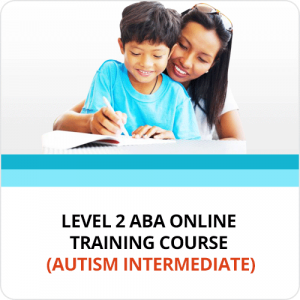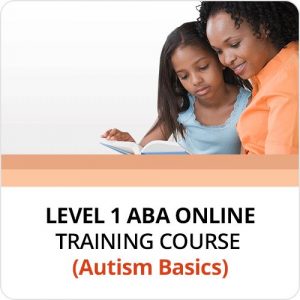Rett’s Syndrome
Rett Syndrome is the most disabling of the Autism Spectrum Disorder classifications. What makes this distinction among the other classifications within ASD is that it is diagnosed almost exclusively in females.
Its first symptoms may appear in a child as young as six to eighteen months of age. The disorder slowly progresses until the teenage years. Diagnosed children have normal development during the first early months of life until symptoms of the disorder appear. The symptoms usually noticed first are floppy hands and legs, incessant crying, and the obvious disappearance of previously acquired skills. It’s heartbreaking to experience, but if she was able to speak a few words or walk several steps before the onset of symptoms, a child with Rett Syndrome will gradually lose skills she has gained and in time she may lose the ability to speak and walk completely. And as a classic autism syndrome, she will develop stereotyped behavior such as wringing, clapping, or patting of hands.
The progression of Rett Syndrome varies from one child to another. As some will lose their ability to walk, others that are still able will display a stiff-leg walk. The following symptoms can appear anywhere between six months and three years of age:
- Will lose previously learned words.
- The appearance of floppy hands and legs, which is normally the first sign.
- Loss of the use of fingers such as grasping, touching, or reaching for something.
- Will lose the sense of balance and in many cases, even the ability to walk.
- Will exhibit social problems.
- Regression of intellectual abilities.
- Breathing problems and even apnea while awake.
- Parkinson-like tremors.
- Problems with chewing and swallowing.
- Display of stereotype behaviors.
There are other symptoms that also present in children diagnosed with Rett Syndrome. Although these are not enough to classify a person in this particular disorder:
- Scoliosis is present in 80% of females diagnosed with Rett Syndrome.
- Constipation and other gastroesophageal reflux or GERD.
- Abnormal heartbeat.
- Disrupted sleeping patterns. Sleep at night is inconsistent and sleep in the daytime is increased.
- Poor circulation causes bluish arms and legs.
- Small head size compared with the rest of the body (microcephaly)
Cause of Rett Syndrome
Another distinctive characteristic of Rett Syndrome is that it is the only disorder within the autism spectrum that has a known cause: a mutation in a gene on the X chromosome called MECP2, which contains instructions for making MeCP2, a protein crucial for proper brain development. Girls have two X Chromosomes, so the undamaged chromosome still produces MeCP2 but in insufficient amounts for proper development. The reason males with the disease are almost never diagnosed is that boys have an X and a Y chromosome, meaning no MeCP2 can be produced at all. Nearly all boys born with the mutation miscarry, die at birth, or die in infancy. If a male survives infancy it is usually because he has Kleinfelter Syndrome (also called XXY Syndrome), and has an extra X chromosome which mitigates the mutation and allows some MeCP2 to be produced.
Parents should know that Rett Syndrome is not a hereditary disease. It is caused by a genetic mutation, not by genes passed on from the parents. For any parent to actually pass the gene for Rett Syndrome to a child, that parent must actually have Rett Syndrome and exhibit the classic symptoms (and it is virtually impossible for adults with Rett Syndrome to have children). Parents can never blame themselves for having a child with Rett Syndrome.
Types of Rett Syndrome
There are three types of Rett Syndrome: Classical, in which the disease presents at approximately 18 months and all normal symptoms are seen; Provisional, which is when symptoms appear between the ages of one and three; and Atypical Rett Syndrome, which occurs when the disorder appears very early or late (although even Atypical Rett Syndrome normally appears by age four), has mild hand and speech problems or appears in a boy, which is extremely rare.
Treatments
There are several treatments that help in easing the other underlying conditions associated with Rett Syndrome such as medications for GERD and seizures. There are therapies that will help with Scoliosis or prevent the hand from contracting. But like all the classifications under ASD, there is no single cure for Rett Syndrome as of today.
When a child is diagnosed with Rett Syndrome, it will surely be a long and hard road both for the child and all of the family members. Special Learning has a wide selection of resources that will help in easing the family with the difficulty of dealing with a diagnosed loved one. Parents or providers need to be fully informed about the disorder as it is a complex condition.
The average life expectancy of a person with Rett Syndrome can reach until the ’40s. Earlier death can be attributed to seizures, pneumonia, malnutrition, and accidents.
Copyright © by Special Learning Inc. All right reserved.
No part of this article may be reproduced in any manner whatsoever without written permission except in the case of brief quotations embodied in critical articles and reviews. For information, contact Special Learning Inc., at: contact@special-learning.com








